139 CD / The Welte Mignon Mystery Vol. 1: Enrique Granados
Description
This is not an historical recording. Yet mysteriously the music is performed in an interpretation which is historically authentic down to the last detail. The key to this mystery is: the original performer was present at the recent recording session, but not physically: the music is heard on a modern Steinway. Never has music stored in the Welte-Mignon system sounded so "right" or so well. Thanks to TACET′s much-praised recording technique, and because the Welte-Mignon memory system and sound production mechanism have now been newly adjusted for the first time by the leading expert in the field - and are thus able to meet TACET′s requirements. (Welte-Mignon was invented in 1904.) The Welte-Mignon mystery can now speak to us without distortion.
7 reviews for 139 CD / The Welte Mignon Mystery Vol. 1: Enrique Granados
You must be logged in to post a review.

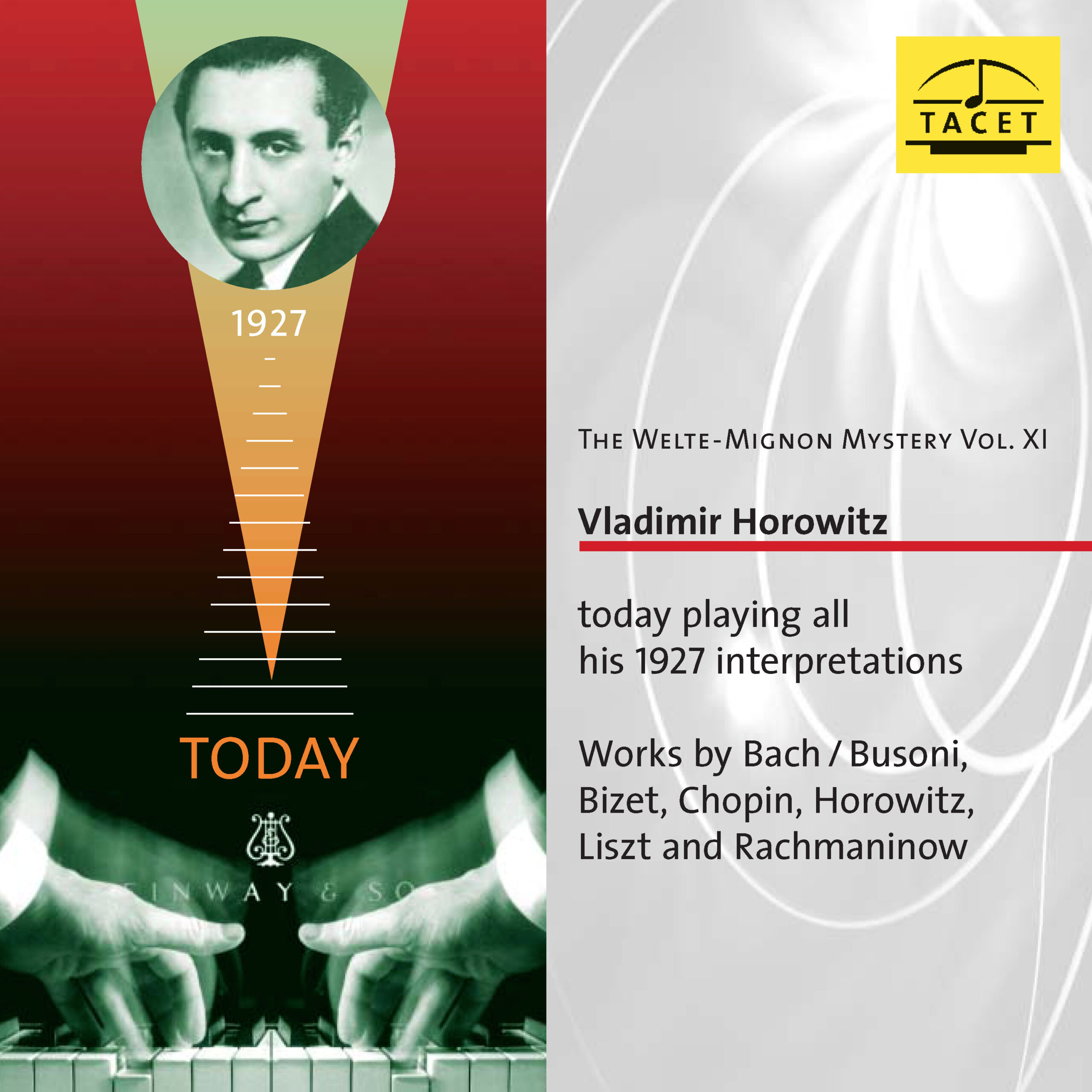
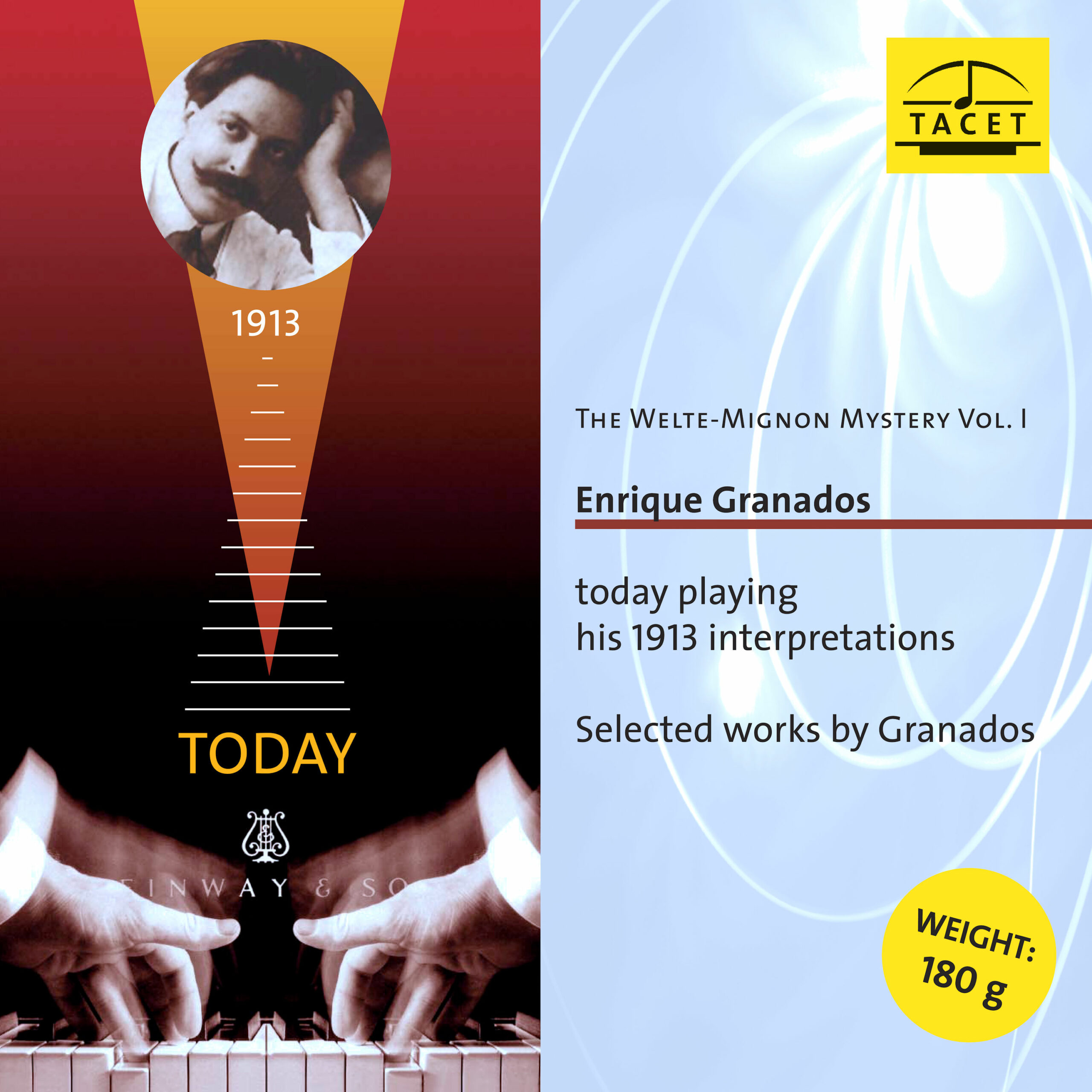
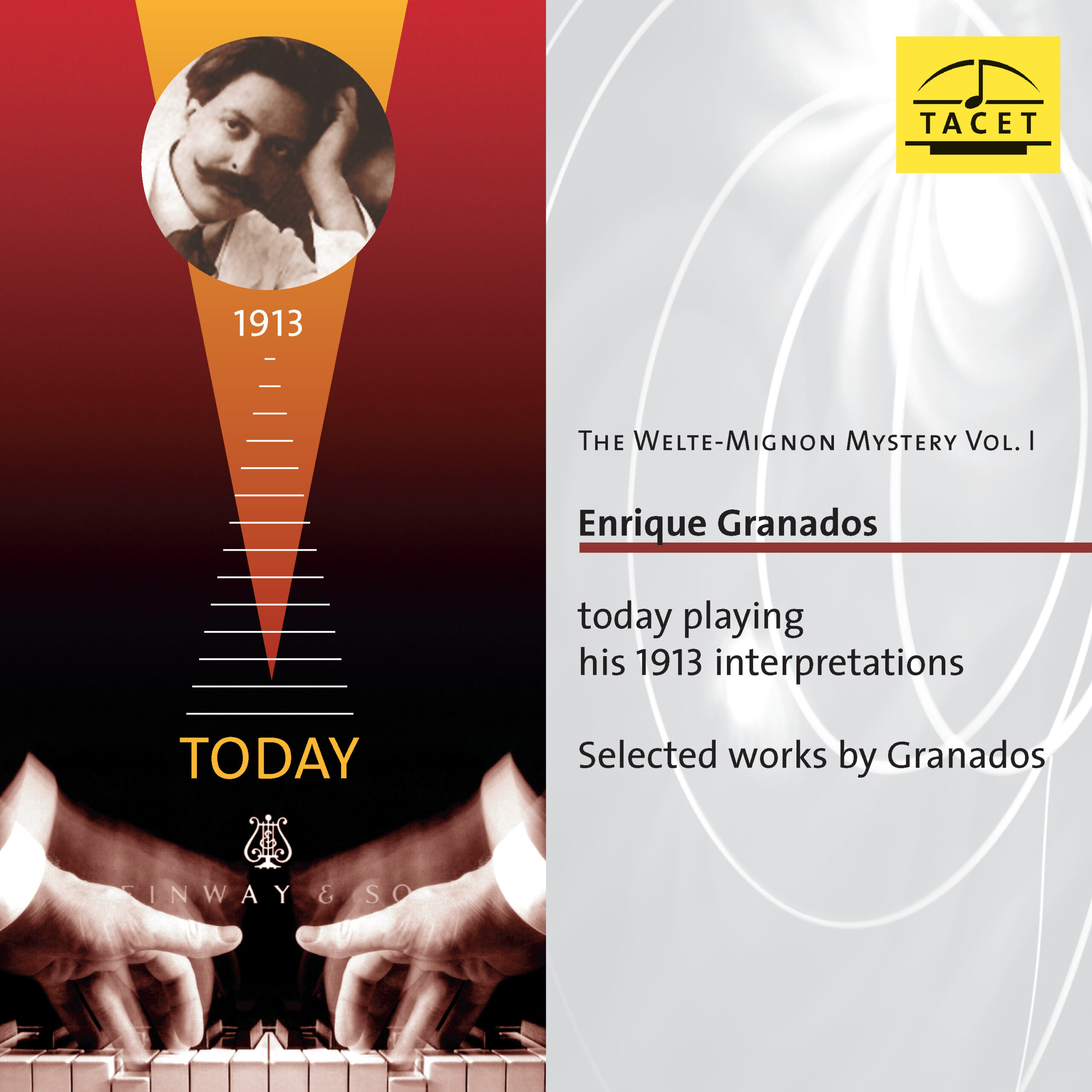
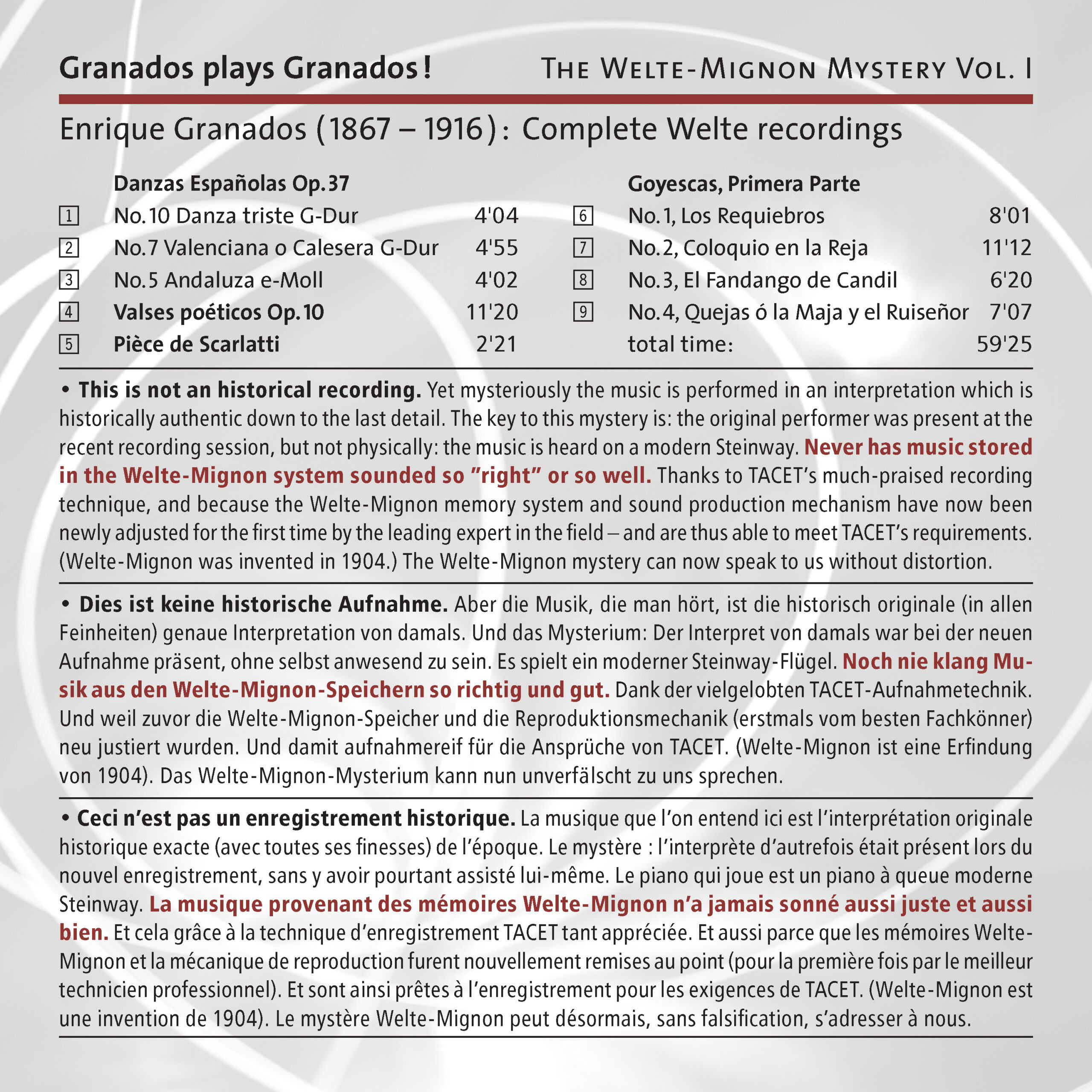



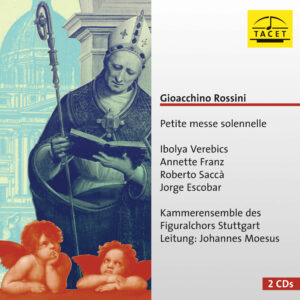
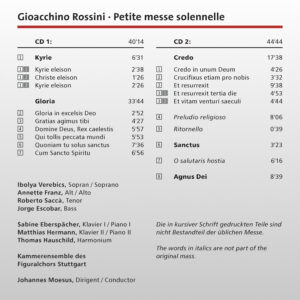

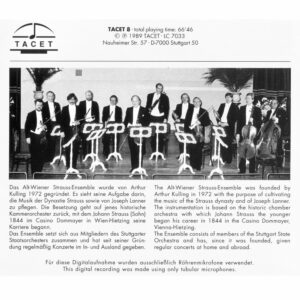
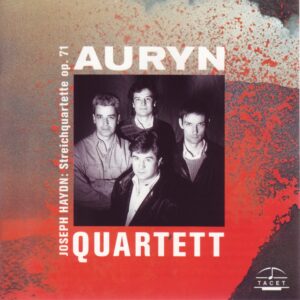
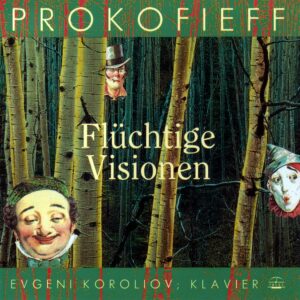
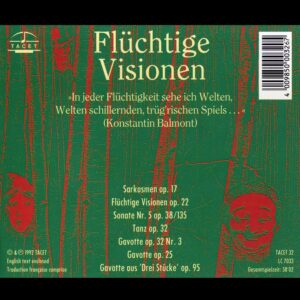
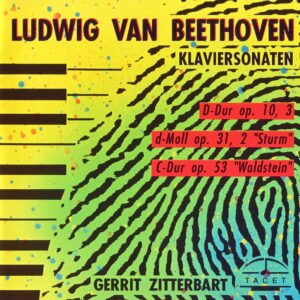
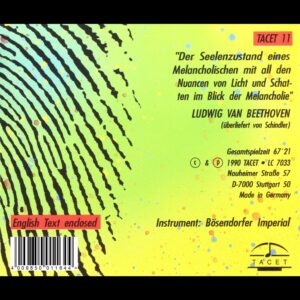
Pianiste –
THE LESSONS OF THE PAST
The Magic of the Welte-Mignon
Debussy, Ravel, Mahler, Einecke, Grieg, Granados… spielen ihre Werke.
Would you like to hear Ravel, Debussy, Strauss, Saint-Saëns, and Reger playing their own works on a modern piano? And how about a "perfect" restoration of the interpretations by the early Horowitz, Fischer, Lhévinne, and Schnabel? The German label Tacet offers an anthology of rolls recorded by the Welte-Mignon system. The system is simple, but the process of reproduction is particularly complex! In fact, the pieces played by the composers themselves were digitized from the device invented in 1904 by the company Welte & Sons of Freiburg. The perforated rolls of the time captured the touch, pedal play, and the finest nuances. Today, all that is needed is to transfer these recordings onto a concert piano.
It is therefore a real shock to hear, in optimal listening comfort, Debussy’s Children's Corner and some Préludes, as well as Ravel’s Sonatine and Valses nobles et sentimentales, all played by the composers themselves. What lessons can we take away from this? First, the astonishing freedom with which these two geniuses approach their scores! It is also true that Ravel’s playing is not always flawless… But if we look beyond the purely technical aspect, we notice the extreme finesse and personalization of their touches. The dynamics are generally soft, with the fingers seeming to merely caress the keyboard. No brutality whatsoever. The clarity and gentleness are astounding. Other examples are equally striking, such as the two volumes dedicated to Brahms’ works interpreted by Nikisch, Lhévinne, Samaroff, Ney, or Chopin’s Etudes played by Pachmann and Paderewski…
The virtuosity of these pianists is staggering, but even more surprising is the passion, the commitment, and sometimes even the coquettishness, the occasional unnecessary ornamentations that some perform almost as if they were tics. From all these master lessons, we learn that the strongest personalities only flourish after a visceral and profound understanding of the works. Schnabel in the waltzes of Josef Strauss and Josef Lanner (who would dare play this today?), Horowitz in 1926 in some Rachmaninoff Preludes, speak to us. Where does the charisma and charm of their interpretations come from? A mystery.
Every year, Tacet releases three or four new CDs from the Welte-Mignon archives. Worth collecting.
S. F.
_________________________________________________
Original Review in French language
LES LEÇONS DU PASSÉ
La magie des Welte-Mignon
Debussy, Ravel, Mahler, Einecke, Grieg, Granados… jouent leurs œuvres.
Vous aimeriez entendre Ravel, Debussy, Strauss, Saint-Saëns, Reger jouant sur un piano d’aujourd’hui leurs propres Oeuvres? Et que diriez-vous aussi d’une restitution « parfaite » des interprétations des premiers Horowitz, Fischer, Lhévinne et autres Schnabel? Le label allemand Tacet propose une anthologie des rouleaux gravés par le procédé Welte-Mignon. Le système est simple, mais le procédé de restitution particulièrement complexe! En effet, les pièces jouées par les compositeurs eux-mêmes ont été numérisées à partir de l’appareil inventé en 1904 par la firme Welte & Fils de Fribourg. Les rouleaux perforés de l’époque ont capté le toucher, le jeu des pédales et les nuances les plus fines. Il suffit aujour¬d’hui de transférer ces témoignages sur un piano de concert.
C’est donc un véritable choc que d’entendre dans un confort d’écoute optimal les Children’s Corner et quelques Préludes par Debussy, mais aussi la Sonatine, les Valses nobles et sentimentales de Ravel sous les doigts des compositeurs. Quelles leçons en retirons-nous? D’abord, l’étonnante liberté de ces deux génies vis-à-vis de leurs partitions! Il est vrai aussi que le jeu de Ravel n’est pas d’une justesse infaillible… Mais si l’on dépasse l’aspect purement technique, on s’aperçoit de l’extrême finesse et de la personnalisation des touchers. Les dynamiques sont généralement faibles, les doigts semblent effleurer le clavier. Sans aucune brutalité. La clarté et la douceur sont stupéfiantes. D’autres exemples sont frappants comme ces deux volumes consacrés à des œuvres de Brahms interprétées par Nikisch, Lhévinne, Samaroff, Ney ou bien les Études de Chopin par Pachmann et Paderewski…
La virtuosité des pianistes est stupéfiante, mais on est plus surpris encore par la fougue, l’engagement, parfois même les coquetteries, les ornementations intempestives que certains provoquent comme des tics. De toutes ces leçons de maîtres, on retient que les personnalités les plus fortes ne s’épanouissent qu’après une compréhension viscérale et profonde des œuvres. Schnabel dans les Valses de Josef Strauss et de Josef Lanner (qui oserait jouer cela aujourd’hui ?), Horowitz en 1926 dans quelques Préludes de Rachmaninov nous interpellent. D’où proviennent le charisme et le charme insensés de leurs lectures? Mystère.
Chaque année, Tacet publie trois ou quatre nouveaux CD des archives Welte-Mignon. À thésauriser.
S. F.
Customer's letter –
How do you do,
The reproduction CD of Welte-Mignon which your company put on the market on the other day was purchased. I was very much surprised and was impressed. This sound was better than any reproduction CD heard until now. It was audible as not a machine but human being was there and was flipping completely. I want to also listen to the performance of Debussy without CD satisfying until now, d′Albert, etc. by this quality very much. I expect that this series becomes the monumental work of CD of a piano roll.
Besonders freue ich mich darauf, auch die Aufnahmen von Debussy, d’Albert und anderen in dieser herausragenden Qualität zu hören – bisher gab es dafür keine befriedigende CD.
Ich hoffe sehr, dass diese Reihe zu einem monumentalen Werk der Klavierrollen-CDs wird.
klassik.com –
In light of the fact that this album offers more than just acceptable sound quality for a composer’s own interpretation that is over 90 years old, it comes highly recommended not only to lovers of Spanish keyboard music.
--> original review
Wetzlarer Neue Zeitung –
(…) It is astonishing how lively and natural the Welte-Mignon reproduction sounds (…). Verdict: highly recommended listening.
Deutschlandfunk, Die neue Platte –
(…) Let’s begin with an extraordinary release from TACET. It was already published in late autumn 2004 under the title “The Welte Mignon Mystery Volume I” and is tied to an anniversary. One hundred years earlier, in 1904, the Freiburg-based company Welte & Söhne had achieved a groundbreaking invention: a reproducing apparatus capable of capturing—literally—every nuance of a pianist’s personal performance and replaying it on any suitably equipped concert grand. The so-called Welte-Mignon system became unusually successful but was ultimately eclipsed by the record player. Now, it’s true that transferring the numerous surviving paper rolls to CD is nothing new. However, the Stuttgart-based collector Hans W. Schmitz has quite evidently succeeded in unraveling many of the mysteries that previously surrounded them. Reconstructing the playback process was by no means straightforward, and one is inclined to believe that Schmitz’s findings now point in the right direction. The result, in any case, is nothing short of staggering—this new CD likely surpasses everything previously released in this field. (…)
Nobert Ely
Audiophile Audition –
I was hard put to decide if this one belonged here or in our Reissues section. It sounds nothing like any historical reissue even though it was recorded in l913. Yet we are hearing here a gorgeous rich Steinway recorded in stereo with the latest gear. How is such a seeming contradiction possible?
It is due to the very advanced reproducing piano developed by different inventors in the late 19th and early 20th century. The most successful of them was the Welte-Mignon, a Rube Goldbergish assortment of pumps, valves, rubber tubing, inked rollers, and even a keyboard with the action dipping into a bath of liquid mercury! Many famous composers and pianists recorded rolls for this company, including Mahler, Grieg, Richard Strauss and Debussy. The recorded rolls could be edited to be note-perfect and playback was realized using a vorsetzer unit with 88 "fingers" and pedal attachment which rolled up to a grand piano and played the keys.
Several different approaches to bringing playback of these unique piano rolls to CD have been tried. The recent pair of Rachmaninoff releases on Telarc transferred all the original piano roll data to computer language and played back the final edited result on a Yamaha DisKlavier with amazing realistic result. Tacet is using a different approach in having an expert on the Welte restore and meticulously adjust all parameters of an instrument to play back the rolls with the utmost accuracy on a modern Steinway - then recording the playback in digital stereo. Tacet reports that one reason past efforts at presenting the Welte recordings were not perfect was that the company originally sent along very detailed instructions about dynamics and tempo and these have been either lost or were ignored in playback.
Granados′ idol in music was Robert Schumann, and a writer once called him "a little Spanish Grieg." When he sat down to the Welte recording mechanism in l913 Granados recorded nine rolls in all, which are all presented on this CD. The Danzas are some of his best-known music, and the concluding "The Lady and the Nightingale" is one of the composer′s superb Romantic works, performed here exactly as the composer intended it to be. Domenico Scarlatti was another favorite of Granados, and one of the rolls is a two-minute arrangement of one of the harpsichord sonatas.
This disc is a winner in both the technical/historical side and in just plain musical enjoyment listening to the authentic performances by this great composer and interpreter. I find it just as difficult to discern that this music is being reproduced by a mechanical instrument (however technically advanced) as it was with the two Rachmaninoff CDs from Telarc.
John Sunier
Stereoplay –
This unusual audio document proves that "digital recordings" existed decades before the CD. The Welte-Mignon recording and playback system used rolls with a pit structure (similar to CDs) that captured pitch, note duration, pedal use, and dynamics. This allowed performers to record their playing and reproduce it mechanically via a "vorsetzer" (player mechanism) on a grand piano. Even renowned musicians like pianist/composer Enrique Granados were fascinated by this technology. Now, Stuttgart sound engineer Andreas Spreer has connected a perfectly restored Welte-Mignon system to a Steinway grand - bringing Granados' historic performance to life with TACET's signature tube-equipment sound.
Dalibor Beric